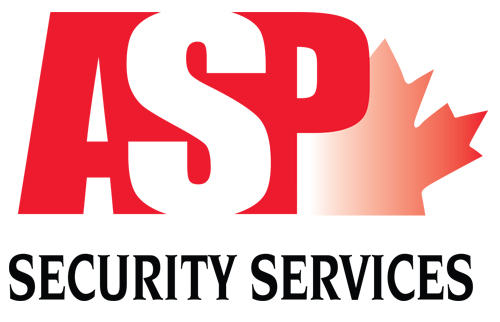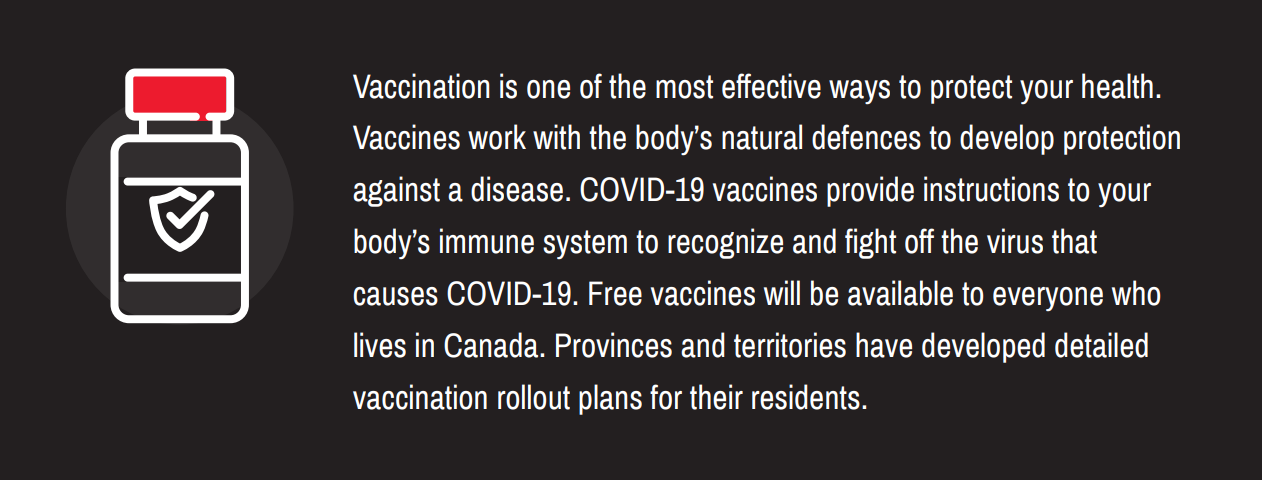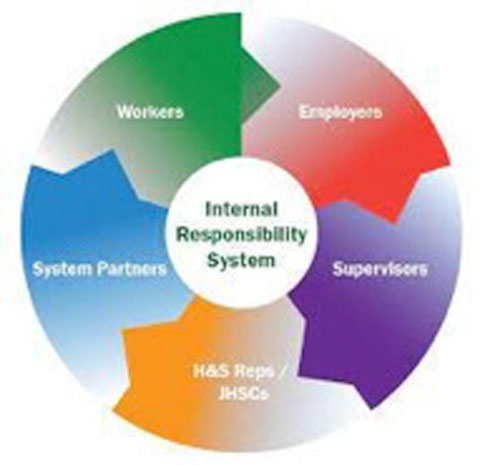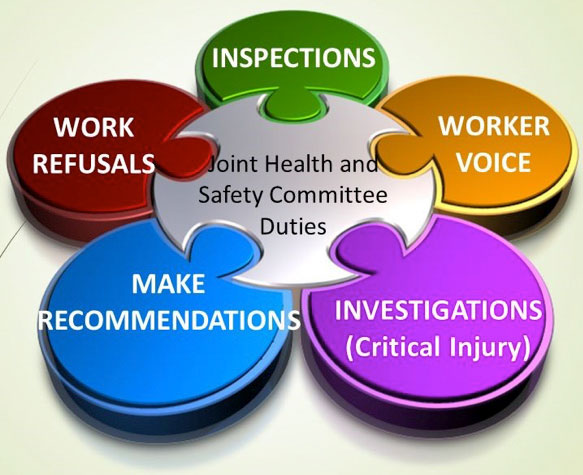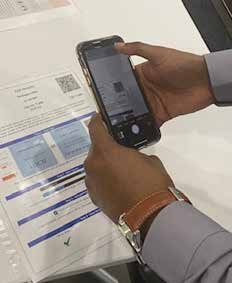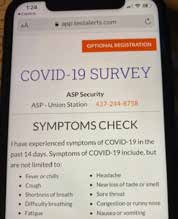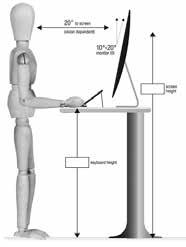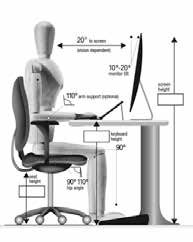By Laurel Woodhouse, Manager, Health and Safet
What Should You Know When Buying Footwear for Work?
Good footwear should have the following qualities:
- The shoe must grip the heel firmly.
- The forepart must allow freedom of movement for the toes.
- The shoe must have a fastening across the instep to prevent the foot from slipping when walking.
- The heel should be not more than 60 mm (about 2.5 inches), and the heel should not be lower than the ball of the foot. (From CSA Z195:14 (R2019) Protective footwear)
People buying footwear for work should take the following advice:
- Do not expect that footwear which is too tight will stretch with wear.
- Have both feet measured when buying shoes? Feet normally differ in size. • Buy shoes to fit the bigger foot.
- Buy shoes late in the afternoon when feet are likely to be swollen to their maximum size. • Ask a doctor’s advice if properly fitting shoes are not available.
- Consider using shock-absorbing insoles where the job requires walking or standing on hard floors.
When selecting footwear, one should remember that tight socks or stockings can cramp the toes as much as poorly fitted shoes. Wrinkled socks, or socks that are too large or too small, can cause blisters. White woollen or cotton socks may be recommended since coloured socks cause skin allergies in some people.
Type of Footwear Appropriate for Cold Conditions
Selection should be made to suit the specific working condition. Working outdoors in cold weather poses a special requirement on selecting the proper footwear. “Normal” protective footwear is not designed for cold weather. “Insulated” footwear may give little temperature protection in the sole if it has no insulation there. Loss of heat through steel toe caps (commonly blamed for increased heat loss) is insignificant.
Foot protection against cold weather can be resolved by:
- Insulating the legs by wearing thermal undergarments.
- Wearing insulating overshoes over work footwear.
- Wearing insulating muffs around the ankles and over the top of the footwear
How to care for your feet?
- Feet are subject to a great variety of skin and toenail disorders. Workers can avoid many of them by following simple rules of foot care:
- Wash feet daily with soap, rinse thoroughly and dry, especially between the toes.
- Trim toenails straight across and not too short. Do not cut into the corners.
Wear clean socks or stockings and change them daily.
Some feet sweat more than others and are more prone to athlete’s foot. Again, following a few simple guidelines may help:
- Select shoes made of leather or canvas – not synthetic materials.
- Keep several pairs of shoes on hand and rotate shoes daily to allow them to air out.
- Use foot powder.
If problems persist, see a doctor or health care specialist. In cases of persisting ingrown toenails, calluses, corns, fungal infection, and more serious conditions such as flat feet and arthritis, see a doctor and follow the doctor’s advice
